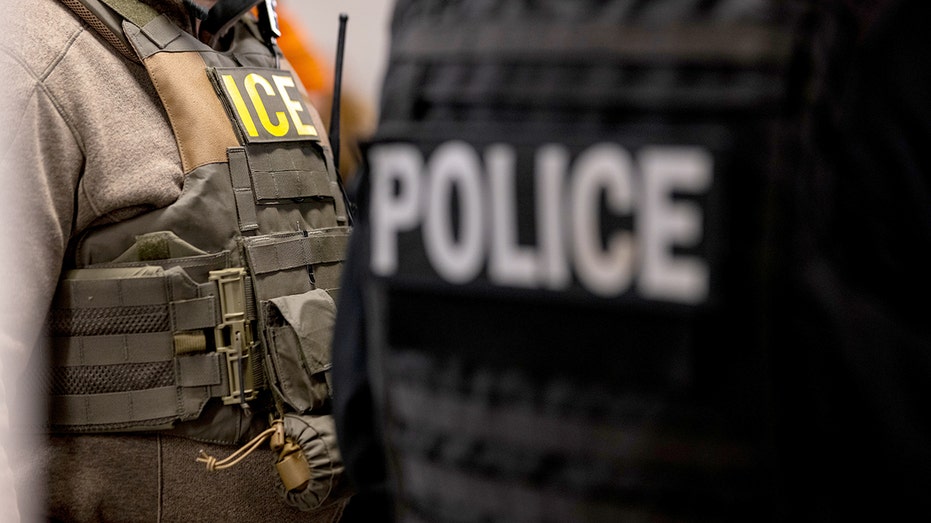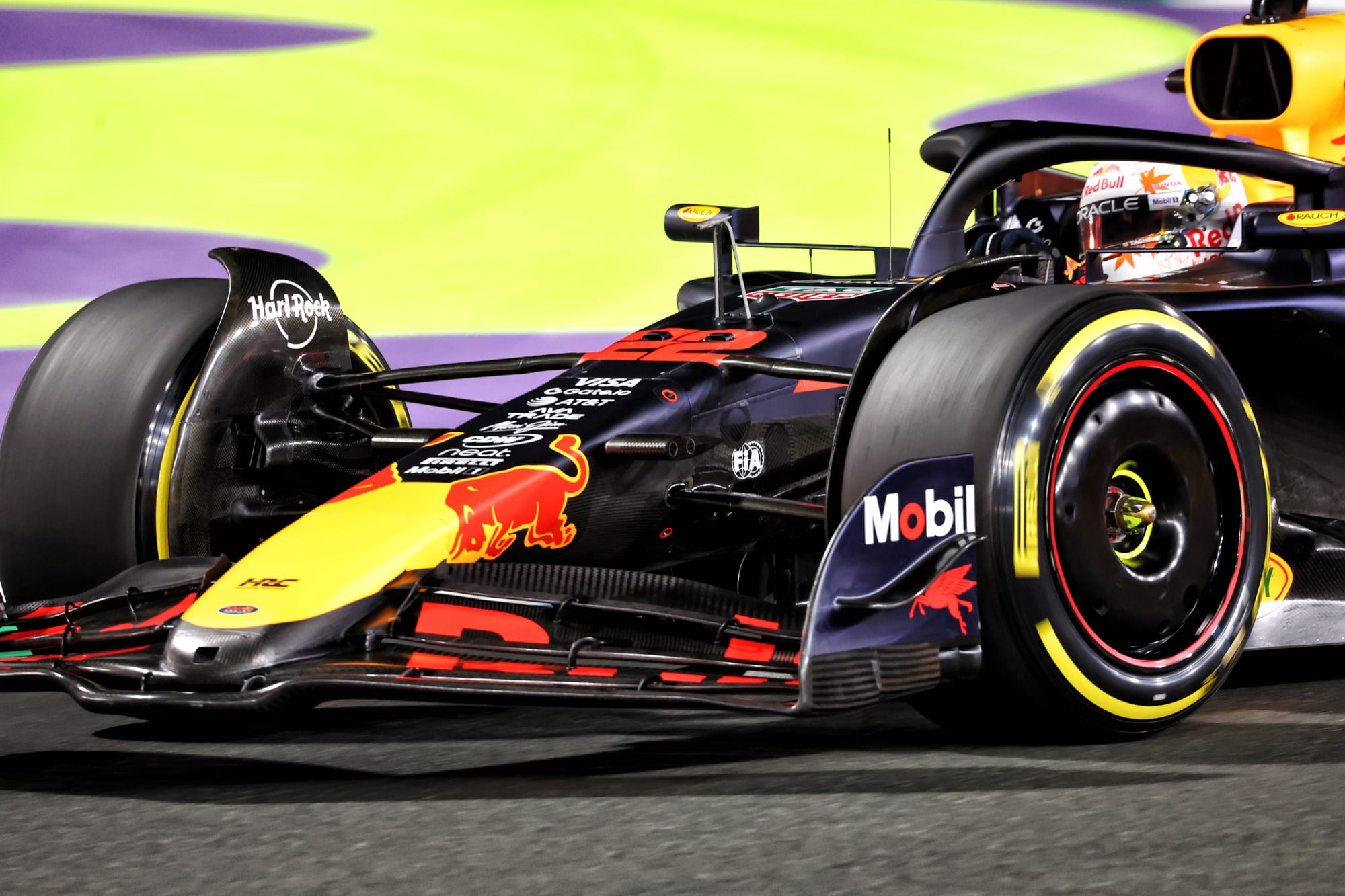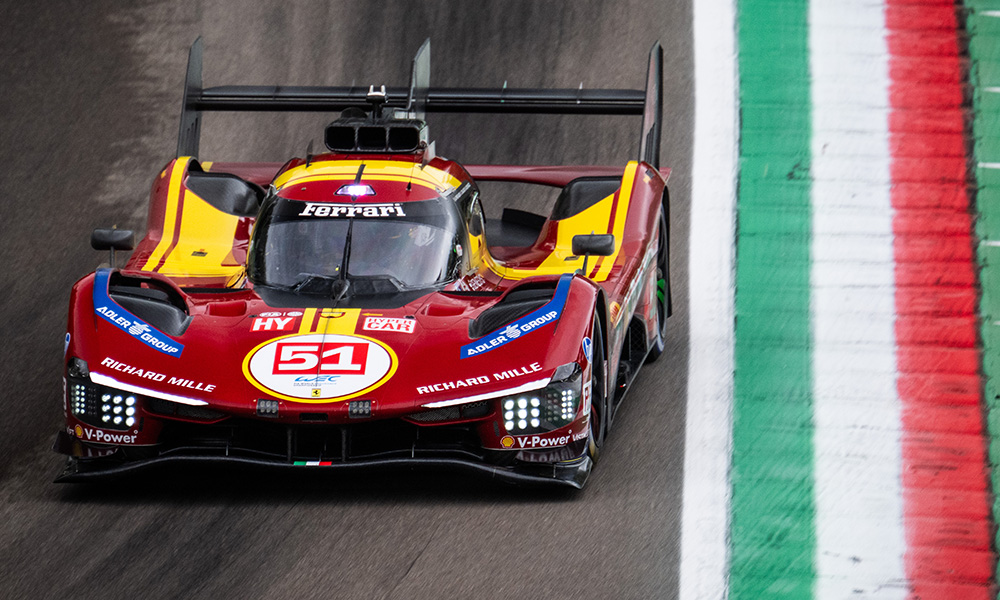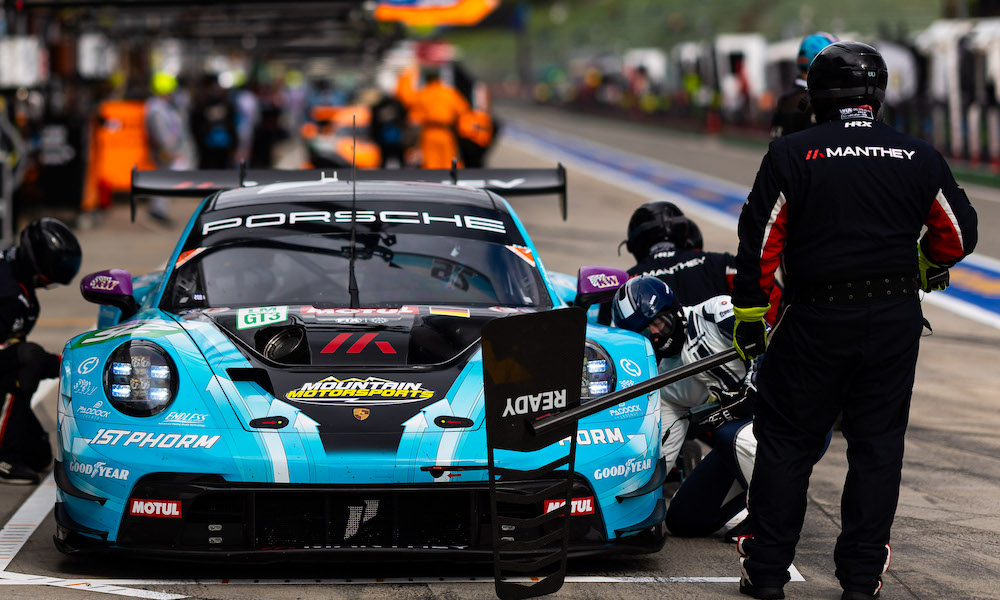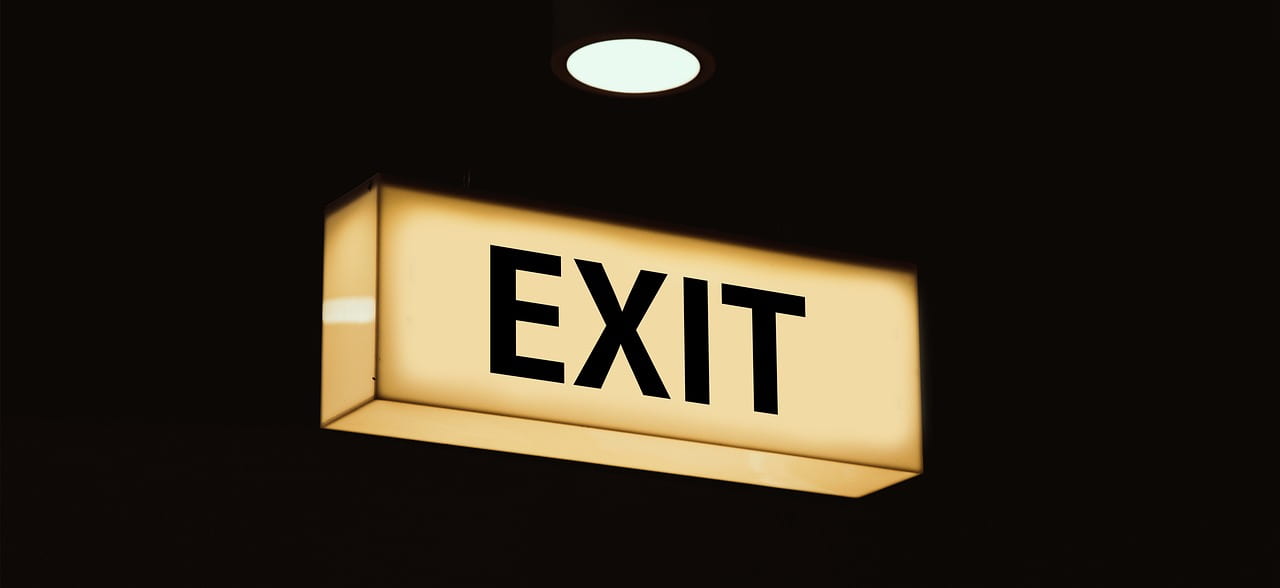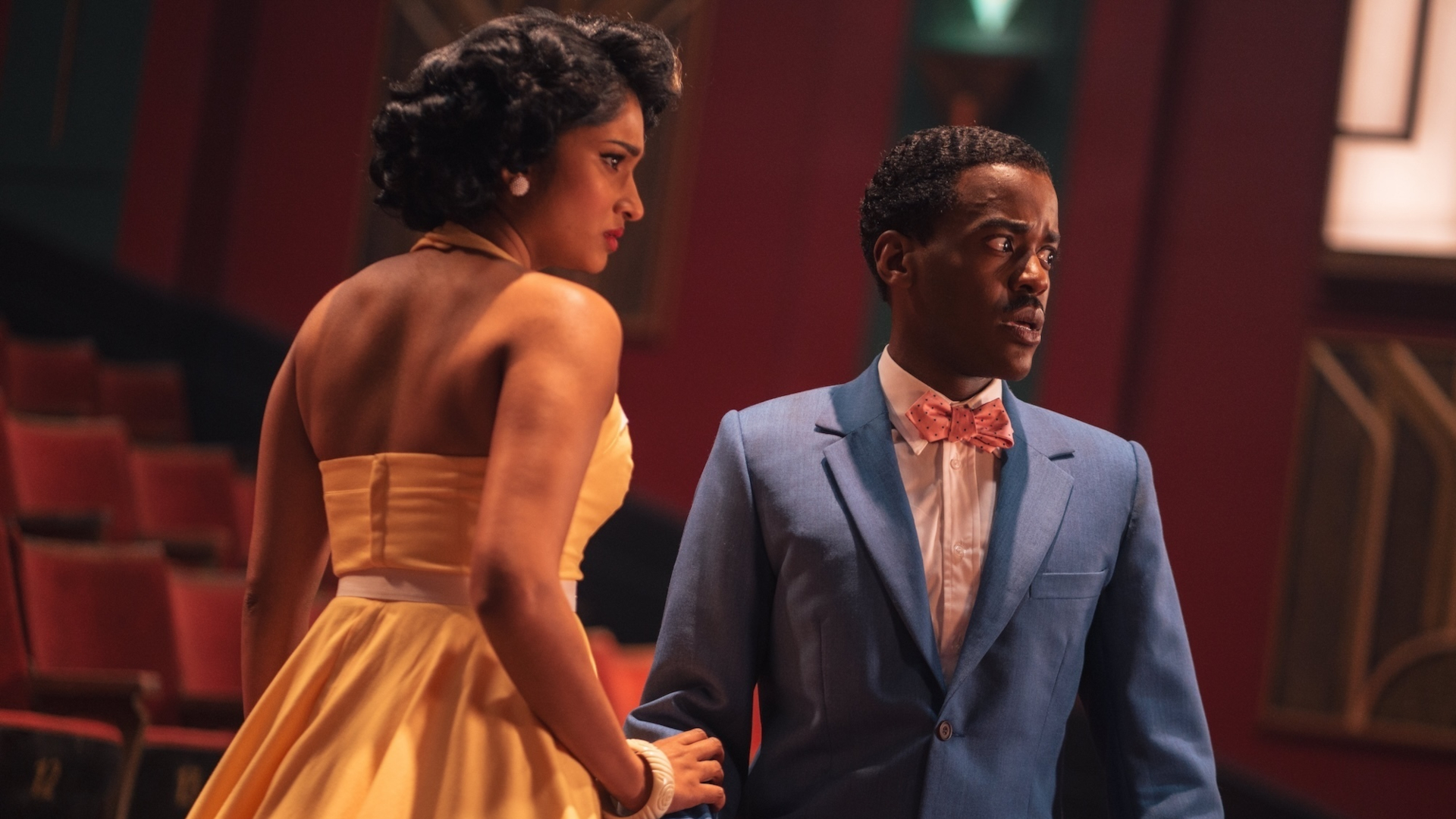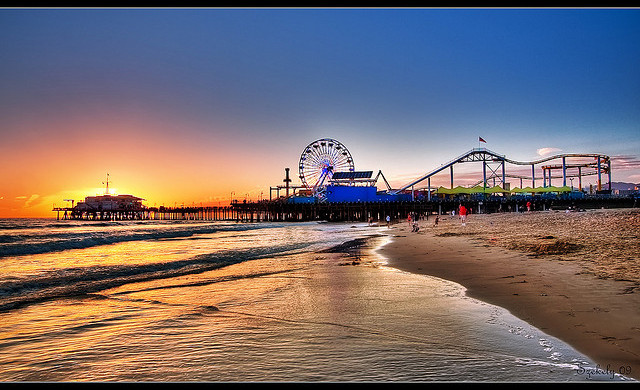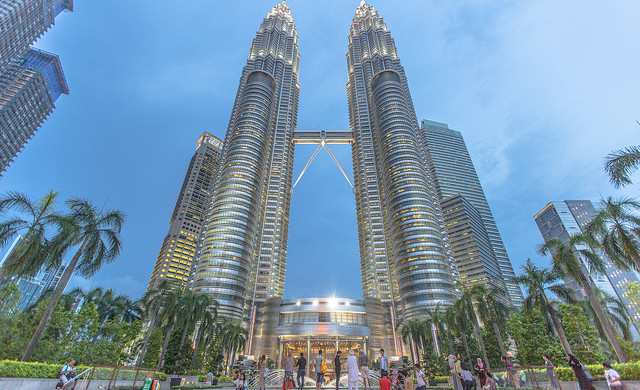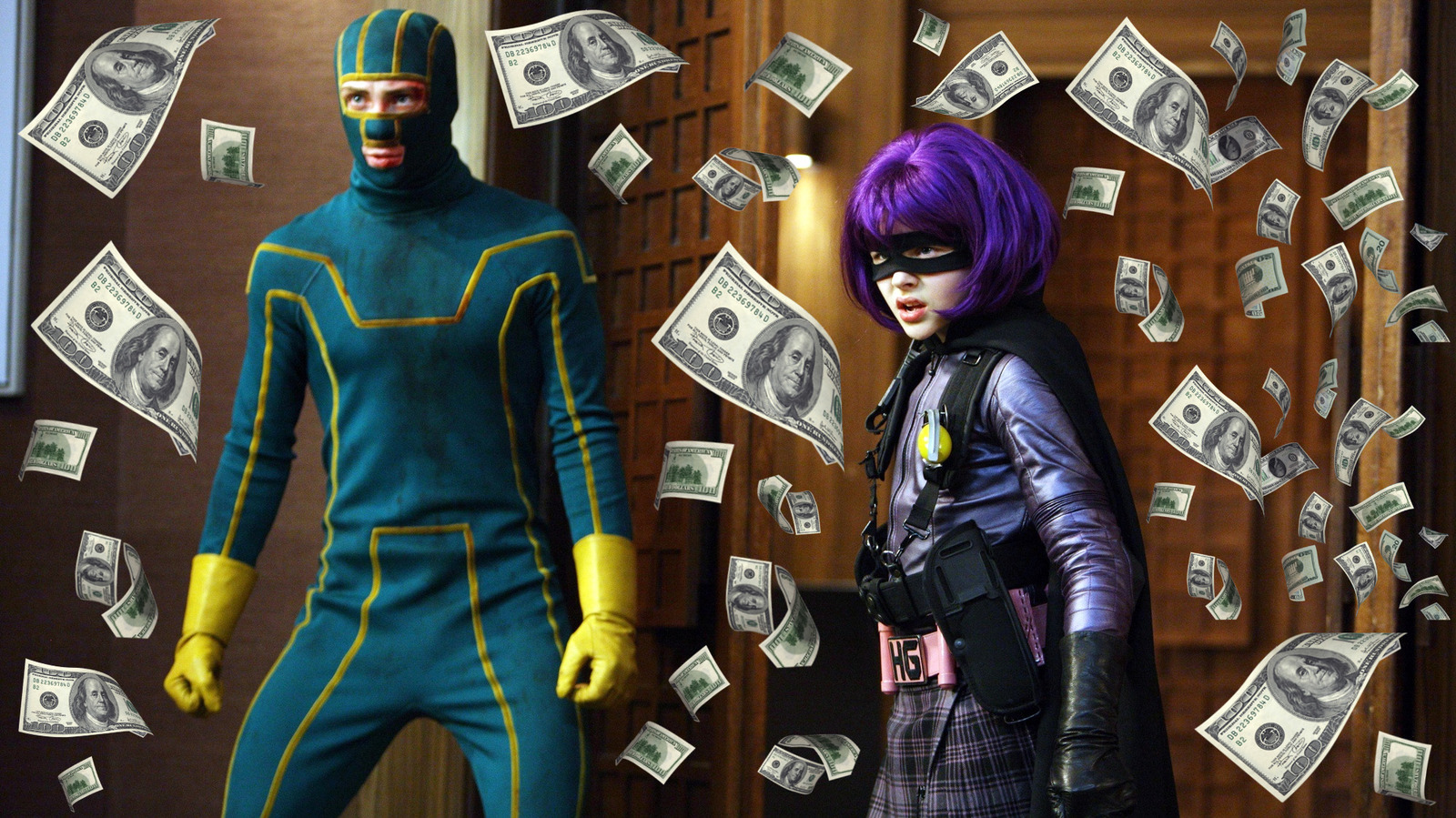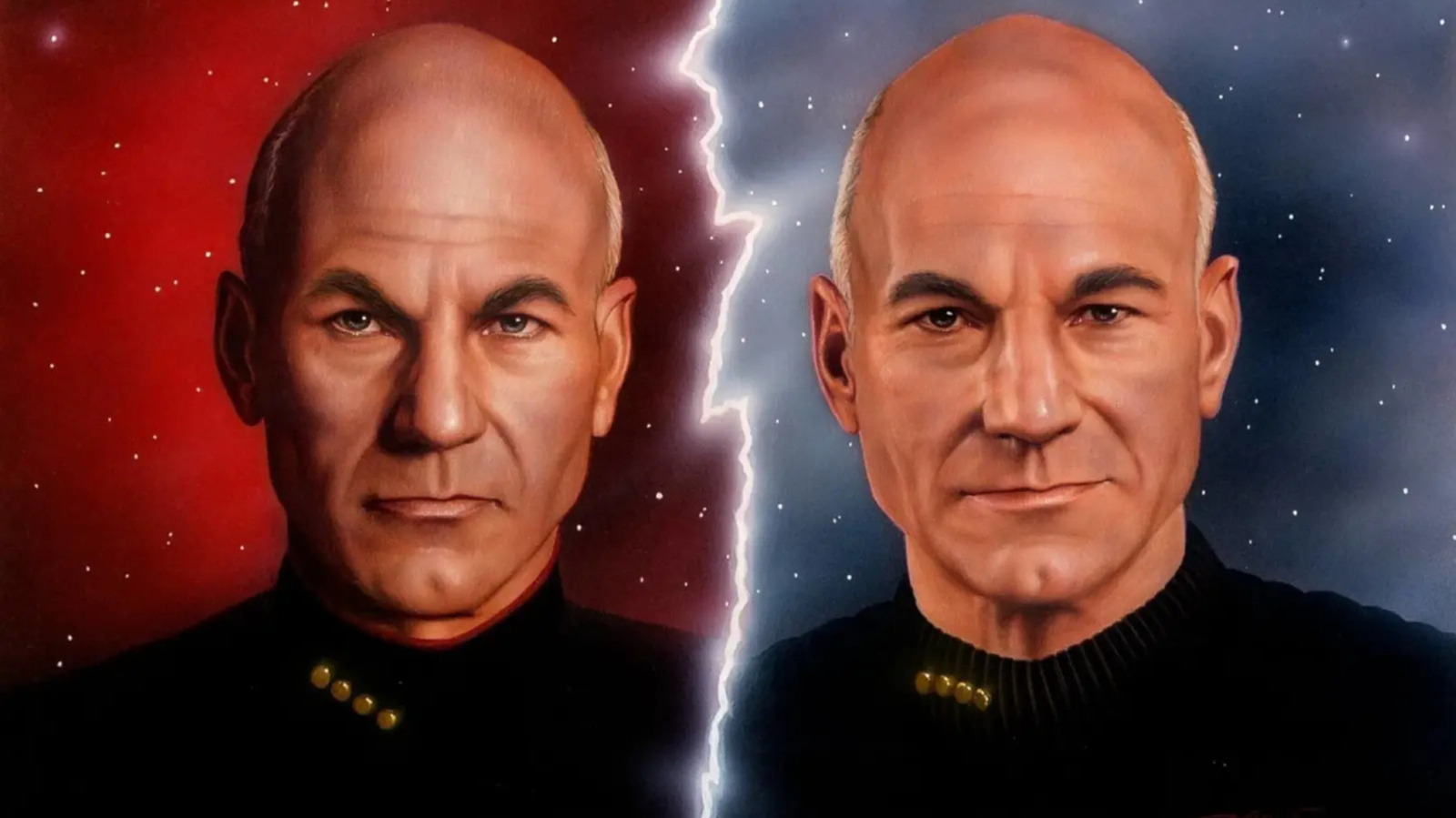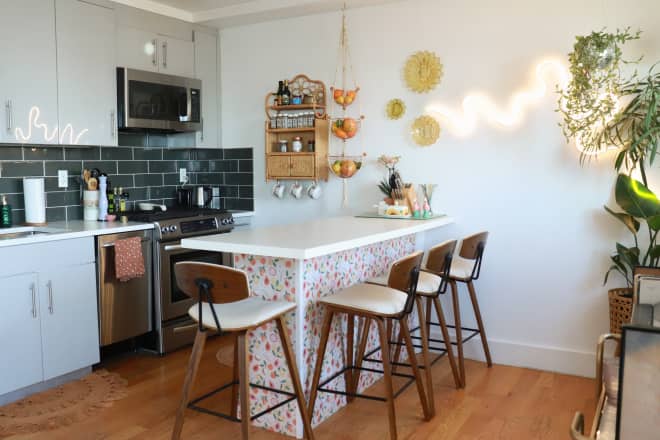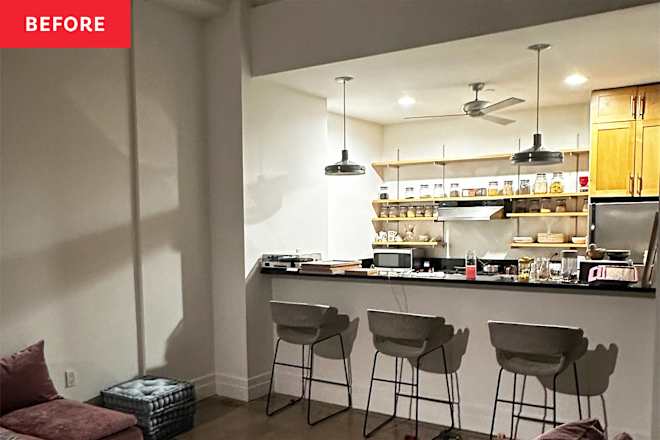Larson's lengthy crash repairs offer ideal education opportunity
Sunday’s NASCAR Cup Series race at Darlington Raceway went from another opportunity to win, to a training exercise for the Hendrick (...)

Sunday’s NASCAR Cup Series race at Darlington Raceway went from another opportunity to win, to a training exercise for the Hendrick Motorsports No. 5 team.
Kyle Larson spun off Turn 2 on Lap 4 of the Goodyear 400. The long slide ended with his Chevrolet hitting the inside wall with the front end, which appeared significant enough to be the end of the day. Initially, Larson tried to drive the car back to his pit crew, but the car was too damaged, and it came to a stop. Cliff Daniels, Larson’s crew chief, was quick on the radio to tell his driver to stay in the car so it could be towed to the Damaged Vehicle Policy (DVP) work area.
“I don’t think we’re done,” Daniels said.
The repairs took nearly two hours. Larson sat inside his car throughout as the team worked, and he returned to the race 160 laps down.
By returning to the race, Larson gained one position. He finished 37th and took one point.
“Given the opportunity to go through what we had to go through, which was replacing the front bumper bar, a lot of the components within the nose, that was a really good education for our team of just understanding the process with NASCAR (and) their level of expectation,” Daniels said. “There are a lot of safety items on the car; there are tethers to the different parts of the nose, the splitter, so there are a lot of little details that if you’re going to embark on crash repair at Talladega in a couple of weeks or other tracks down the road, just from the learning and a process standpoint, today was really valuable for that.”
NASCAR revised its DVP policy ahead of this season. It is now at the discretion of the race teams whether their race is over after they can take the car to the garage for repairs and damage assessment. A crash like Larson’s on Sunday would likely have been the end of his race in years past because there was an eight-minute clock to make repairs.
And not in the Next Gen era has a team had the chance to undergo crash repair like Larson’s did Sunday.
The rule now allows a car to be driven or towed to the garage for both mechanical and damage-related issues. A team is allowed to begin their work when the car reaches the designated DVP area in the garage area.
“To be honest, I think it was good for NASCAR, too, because the criteria was pretty interesting with our car,” Daniels said. “The front clip wasn’t hurt, the suspension wasn’t hurt, the steering wasn’t hurt, and nothing in the radiator or oil cooler was hurt. It was really just the aluminum bumper bar, and that’s a lot of work just to get one of those changed. So, we learned all we could and tried to maximize our day.”
Daniels acknowledged that part of the reason for making the repairs was the team’s desire to finish the race, as is their nature. But it also gave them a chance to continue to learn during the race by going through pit stop reps, making adjustments, and learning the pit cycles. If a similar situation arises in the future, such as at Darlington Raceway in the fall when it’s a playoff race, Daniels believes they could cut their time in the garage by about 20 laps.
So, while there was nothing to gain in the finishing order by returning to the track, “There is still plenty of chance to learn any time you get a chance to be back on the racetrack,” Daniel said.

